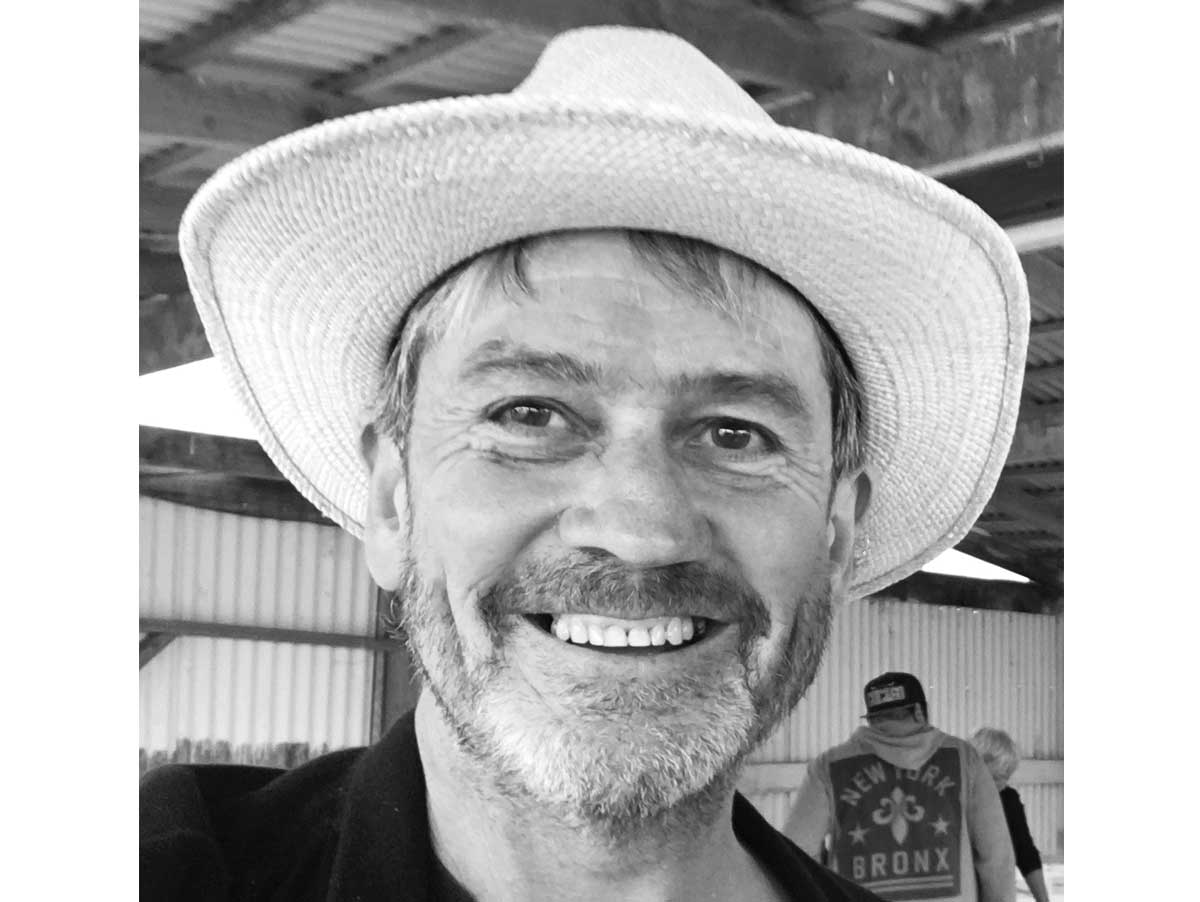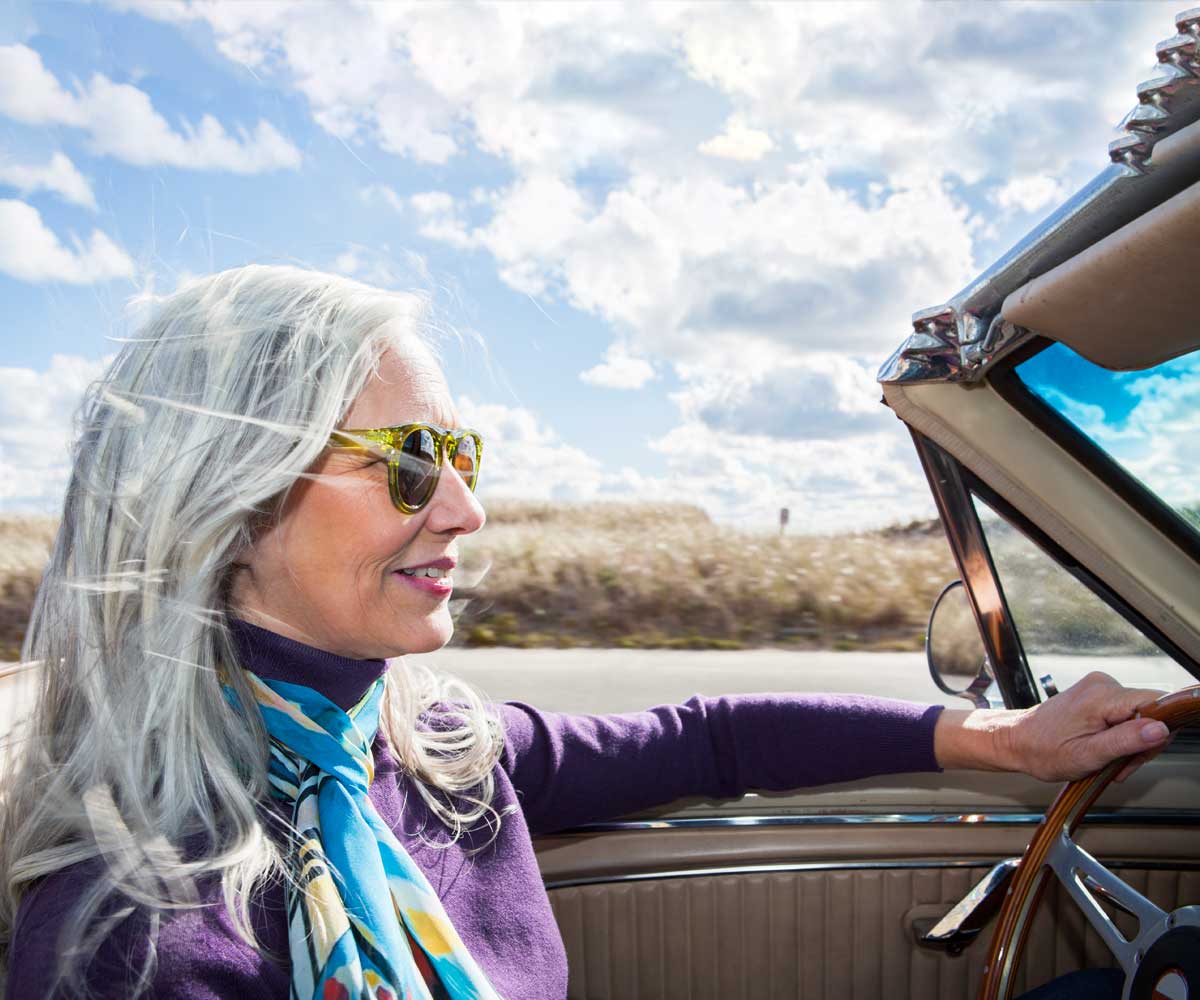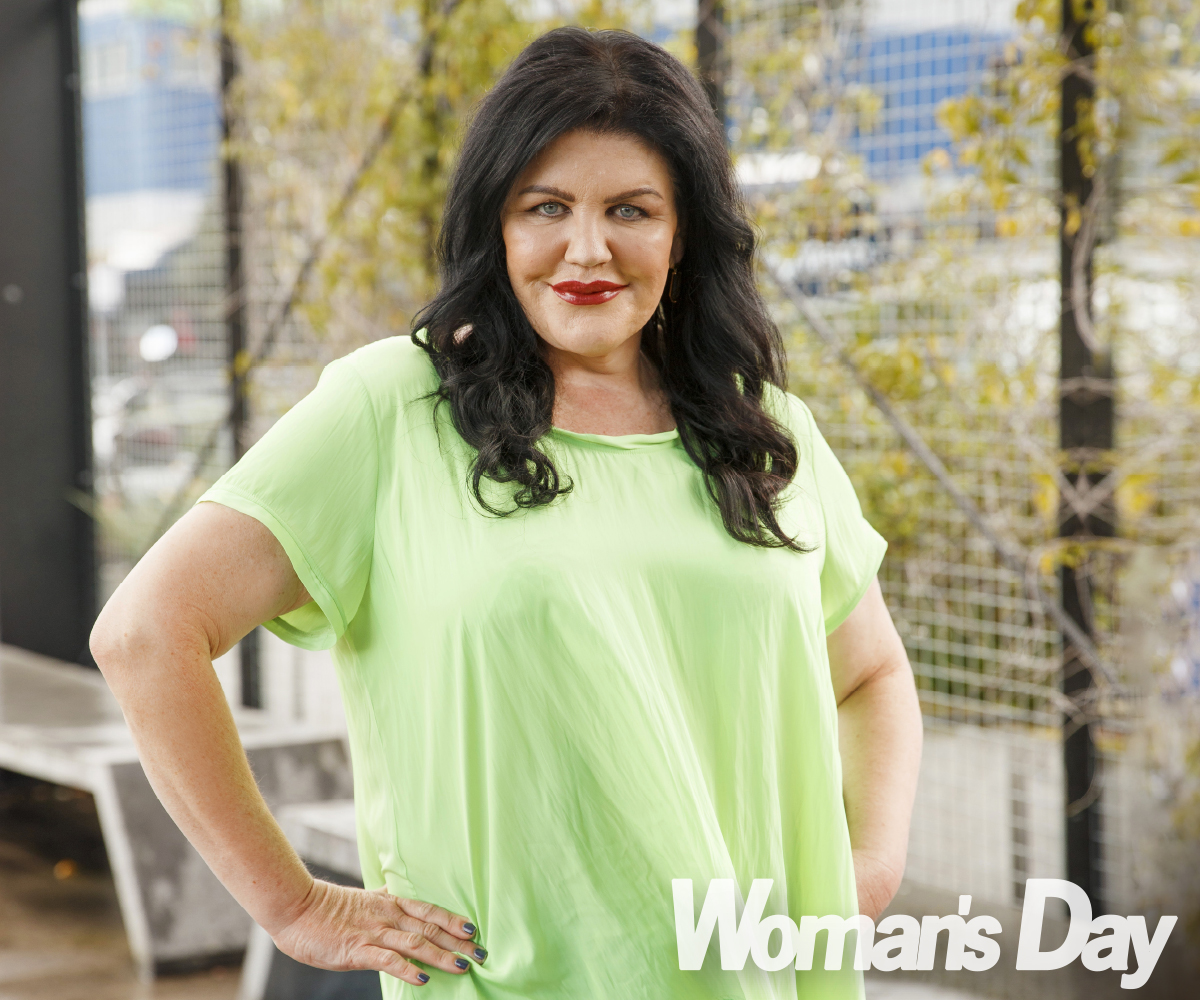Things must be bad when even the dancing comedians are worried. Ellen DeGeneres recently told Jerry Seinfeld: “The world is such a scary place right now, in so many ways… It just overwhelms me with dread.”
How seriously we should take pronouncements on the state of the world that are issued on a show called Comedians in Cars Getting Coffee is
debatable, but overwhelmed with dread can’t be much fun.
What’s not debatable is that Ellen is not the only person who thinks the world is on a one-way fast track to ruin. “Antibiotics aren’t working!” “Murder rates are on the rise!” “Climate change is killing the planet!” “Terrorists are… terrible!” “Donald Trump!”
Despite the advantages of living here, New Zealanders are right in there with the worst of the global gloomy Gus’. We’re nineteenth on the Ipsos Mori Perils of Perception Survey, which you have to admit sounds like a more authoritative source than Comedians in Cars Getting Coffee.

Paul Little
The survey measures the gap between how bad people think things are and how bad they really are. At 19, we’re exactly at the mid-point of delusionality on the survey’s ranking of 38 countries. Swedes have the clearest view of how things really are; South Africans the worst.
Locked in the DeGeneres mind-set, we not only focus on what is wrong, but easily imagine things are worse than they are. For instance, of the 38 countries in the survey, only 7 per cent of people thought the murder rate in their countries had gone down since 2000. In fact, the rate is down on average by 29 per cent.
In general, there are lots of improvements in many areas that we think are bad, such as terrorist activity. The number of terrorism-related incidents around the world was relatively constant from 1970 to 2010, then soared until 2014 but has fallen by more than 20 per cent since then. The global threat of terror, which has caused so much disruption, was really just a four-year blip.
The number of Aids deaths halved between 2005 and 2015. In 1950, 64 per cent of the world’s population could not read or write. In 2014 that had fallen to 15 per cent.
In New Zealand the number of teenagers giving birth has fallen by 79 per cent since its high in 1972. Our average life expectancy has increased by 10 years – from 71 to 81 – since 1960.
So why the long faces? There is some evidence to suggest that we are more likely to remember positive effects from the past and therefore to feel that the present, with all its in-your-face reminders of what is going wrong, is worse than the good old days.
The feeling of doom is clearly a subjective one. Depending on how we choose to look at it, the same day can be terrible or great. So, if we have a choice, let’s choose great and face facts – because the facts are pretty good.


